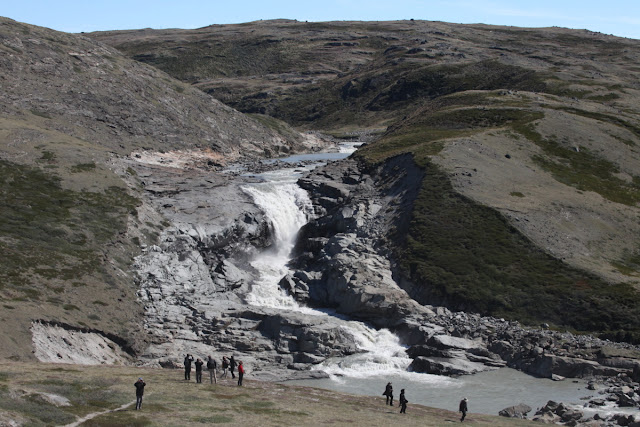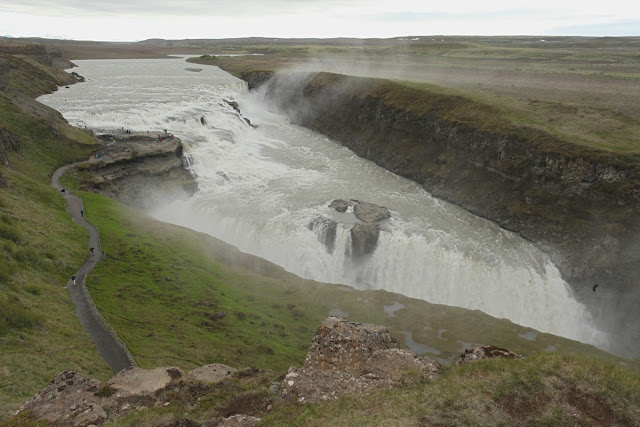Occasionally, I post various items that are not exotic or from faraway places. I'll be leaving for Alaska soon to run a wilderness river (the Tatshenshini) and so look for a post from that trip soon. In the meantime, here are a few odds and ends
I just loved the above-the-fold headline in this mornings Arizona Daily Sun! Geology plays a
prominent role in the upcoming New Horizons mission to Pluto. As you can imagine, Flagstaff has more than a passing interest in anything Pluto. Out whole city is gearing up for this Tuesday when New Horizons finishes its 3.5 BILLION mile journey to outer reaches of the solar system. What geology will we see for the first time? "Houston, We Have Geology!"
What If Other Time Periods Had Their Own Movie?
I have to admit I'm not really a fan of most American shoot 'em up, loud, meaningless movies, even this one. The film starts out with a foreboding element which is quickly replaced with stupid decisions by the characters and then much crunching and gnashing of teeth. Shoot 'em up, kill 'em fast, what's the point. But my biggest gripe is the subtle idea that real dinosaurs, you know the ones that actually lived, are not vicious or nasty enough for this fourth rendering of the franchise - nope, they had to invent a dinosaur that never lived. Oh well, I'm glad I saw it.
In my many geology lectures, I always give thanks to Steven Spielberg and Michael Creighton for making the word "Jurassic" a household name. So what if other geologic time periods had their own movie? Find out here by watching this silly cartoon.
As an interesting side note, I remember when I signed up for Ron Blakey's Historical Geology class at NAU in 1979. One of the first topics he discussed was the origin of the names of the various time periods. I complained to him after class that this wasn't really geology and that I wanted to study geology. Of course, he was miffed by the complaint but told me to suck it up. As it turns out, the origin of the names of the time periods really does fascinate me and I will teach that to those students in my Geology on the Edge class in a few weeks at the Grand Canyon.







































































